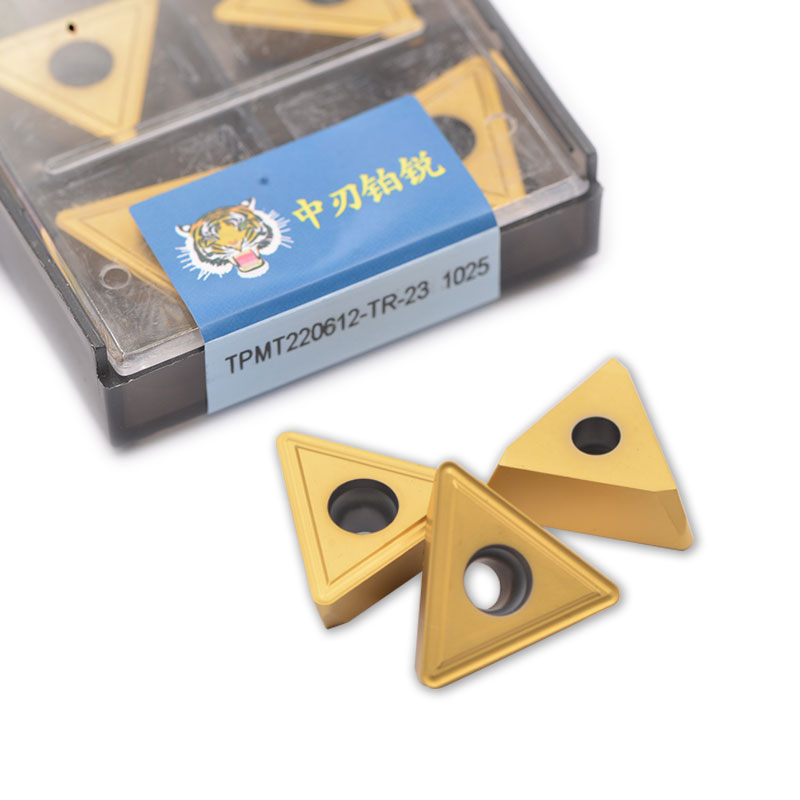Adjusting tool balance to reduce vibration is an important step in ensuring efficient and high-quality machining, especially during high-speed milling. An unbalanced tool can cause increased machine vibration, which not only affects the surface quality of the workpiece but also accelerates tool wear and may even damage the machine tool. Here are some methods and precautions for adjusting tool balance:
Select an appropriate balance grade: Choose the appropriate ISO balance grade based on factors such as machining speed and tool diameter. Generally, the higher the machining speed, the higher the required balance accuracy.
Use professional balancing equipment: Utilize professional tool balancing machines to detect and correct the unbalance of the tool. These devices can accurately measure the position and magnitude of the unbalance and provide corresponding correction suggestions.
Add balance weights or remove weight: According to the instructions of the balancing machine, add balance weights at the corresponding positions on the tool or remove a small amount of material by drilling, grinding, etc., to achieve balance. This method requires careful operation to avoid affecting the overall structural strength of the tool. Check the consistency of tool components: Before installation, ensure that all tool components (such as inserts, chucks, etc.) are of consistent quality and free from defects. Uneven component quality will directly lead to imbalance.
Proper installation of inserts: Ensure all inserts are firmly installed in the correct orientation and with the specified torque value. Incorrect installation may cause the center of gravity to shift, increasing the risk of imbalance.
Regular maintenance and inspection: Over time, cutting tools may lose balance due to wear or other reasons. Therefore, regular inspection and rebalancing are necessary, especially when abnormal vibrations or noises occur during machining.
Consider dynamic balance and static balance: For high-speed rotating tools, attention should be paid not only to static balance (i.e., whether the tool is balanced under static conditions) but also to dynamic balance (i.e., the balance state of the tool at operating speed). In some cases, specially designed dynamic balancing technologies may be required to address issues during high-speed rotation.
Through the above measures, tool balance can be effectively adjusted, thereby reducing vibrations during machining, improving processing efficiency and product quality. In addition, the reasonable selection and application of balancing technologies are also important means to extend tool life and protect machine tools.
Post time: Jul-16-2025

